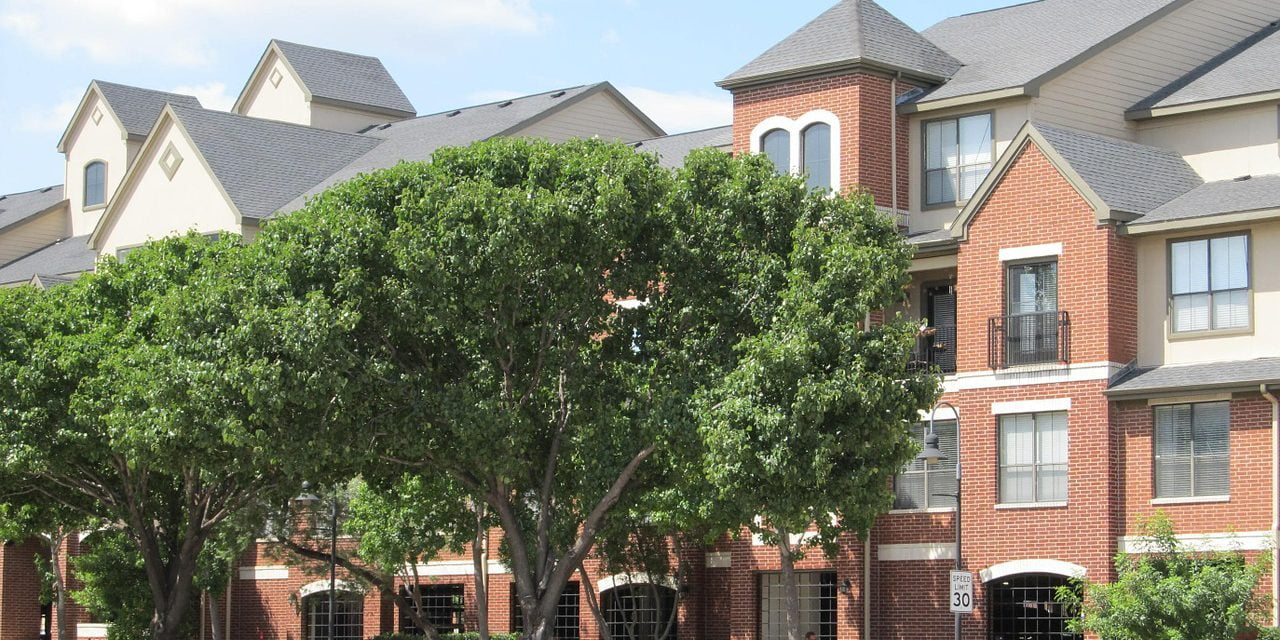When COVID-19 sent the country into lockdown in March 2020, colleges and universities closed campuses, sending students home in droves. On-campus students were suddenly homeless, and off-campus students had little reason to stick around. After all, what’s the college experience without classes and social activities?
Flash-forward to Fall 2020, and undergraduate enrollment is down 2.5% nationwide, according to Inside Higher Ed. This decline is worse for first-year students.
Further, a significant portion of students who returned to campus this fall did so virtually. 21% of colleges are offering a hybrid model, giving their students the opportunity to study remotely. Another 6% have gone completely virtual for the fall.
This dearth of students presents a challenge for landlords in college towns, representative of the 2020 losses felt by landlords everywhere.
Rents in college towns, defined as neighborhoods where 20% or more of the population are college students, are 0.5% lower than a year earlier as of August 2020, according to Zillow. At the same time, rents everywhere else were up 2.6% from a year earlier. This is a smaller annual increase than normal, and all factors point to rents decreasing in the months ahead.
Here in California, rents have taken a steeper hit, especially in expensive coastal metros. In Los Angeles, where the unemployment rate is 15.1% as of September 2020, apartment rents have declined 6% since the COVID-19 shutdown, according to GlobeSt.
Landlords’ shrinking options
Landlords are caught between a rock and a hard place in 2020. With roughly 1.5 million (or 8.5%) fewer jobs in California available in September 2020 compared to a year earlier, the majority of these job losses have occurred in low-paying industries typically consisting of renters. The biggest losses by far have been in the leisure and hospitality industry, according to the California Employment Development Department (EDD).
However, the statewide rental eviction moratorium lasts through the end of January, 2021. Until then, landlords can’t kick out tenants who are unable to pay due to COVID-19. But they can entice them to move, which is what they’re trying to do by dropping rents, sometimes dramatically.
However, landlords able to see beyond the next quarter of reduced rents will benefit in the long run by accepting a few months of missed rents and collecting when able. This avoids dropping rents, with implications that will last years. This is especially alarming as future rent increases will be limited to 5% plus the rate of inflation annually through January 1, 2030. [Calif. Civil Code §1946.2]
Related article:
While it may be smartest to absorb their losses now in lieu of cutting rents, now that the rent cuts have begun, landlords will get in line to remain competitive.
Expect rent cuts to continue over the next couple of years. Rents will need to fall considerably to match renter incomes, which have fallen behind rising rents this past decade. Rents historically equal roughly one-third of renter incomes, though this has risen to nearly half in coastal cities like Los Angeles and San Francisco. Therefore, expect rents to decline by equal measure in the years ahead.















Interesting.